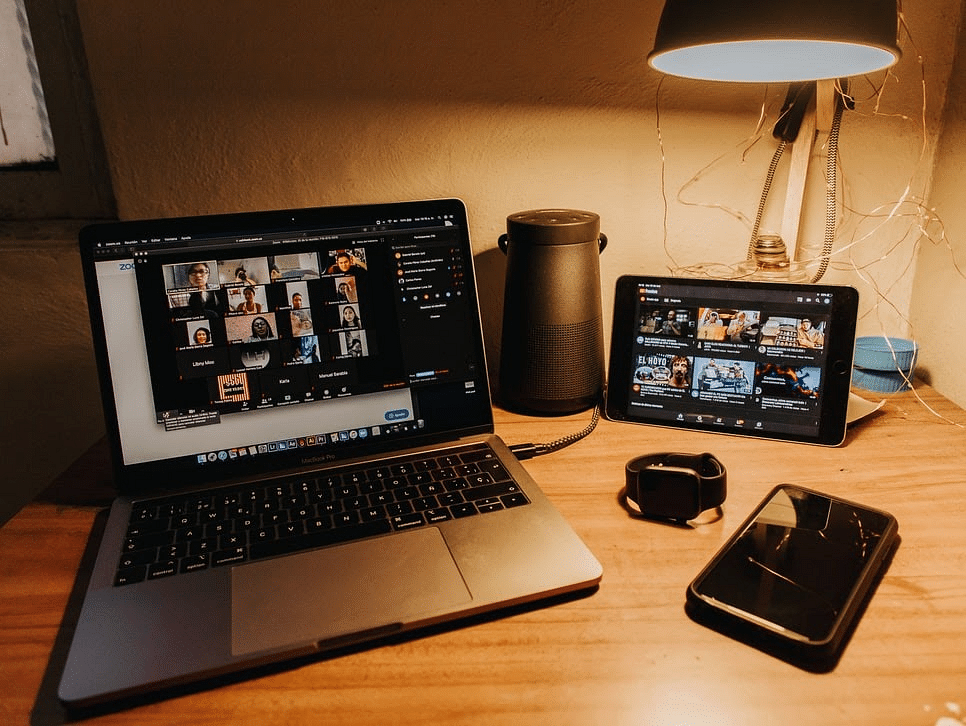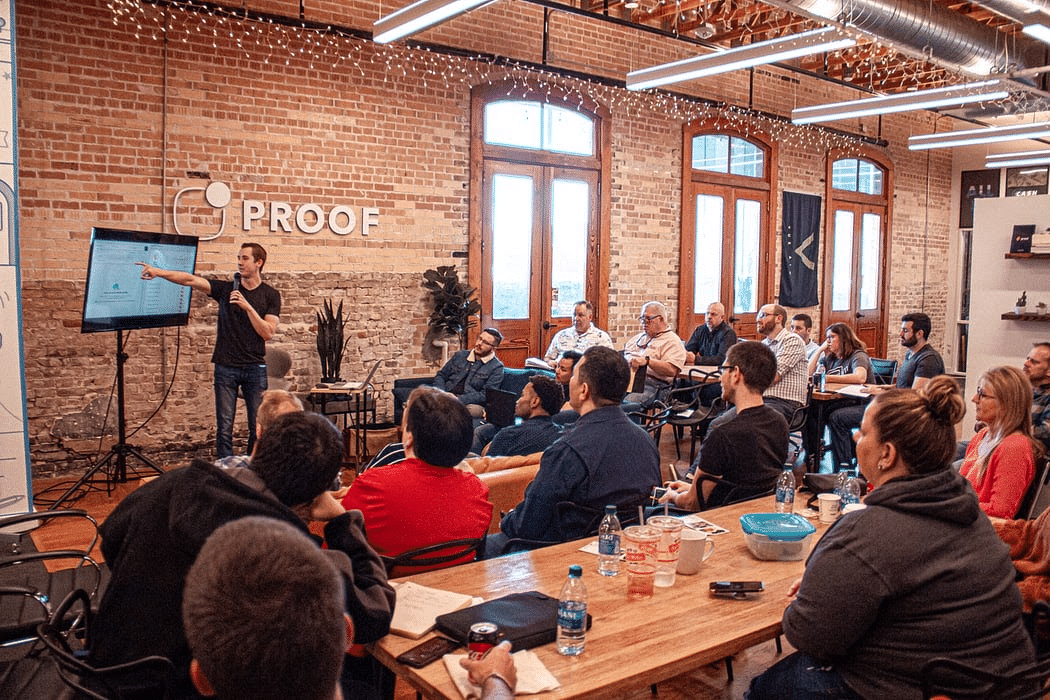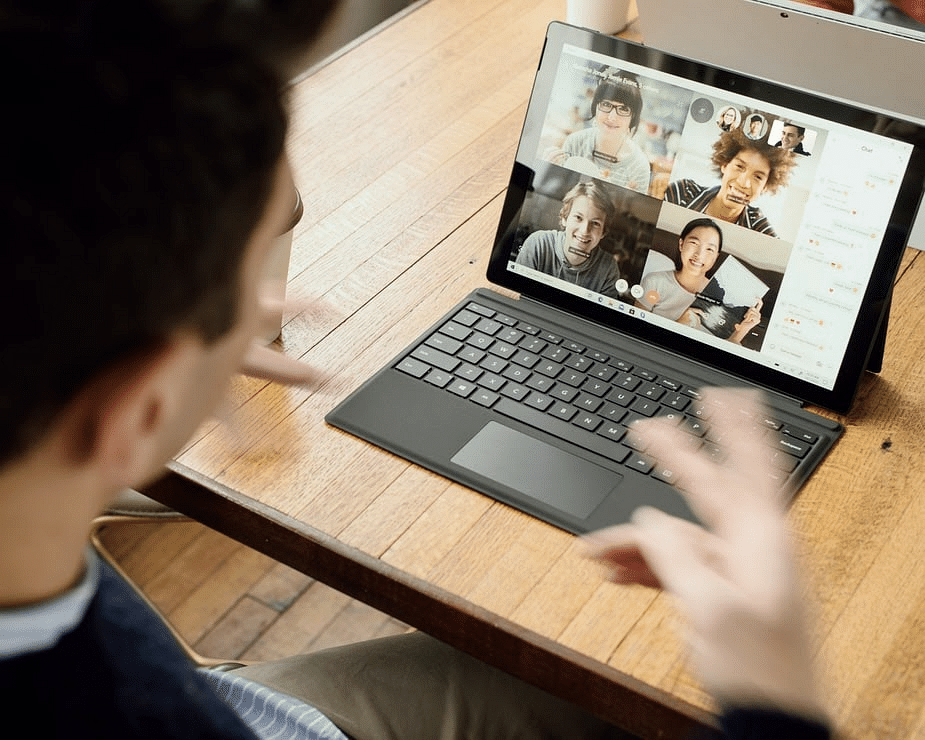
Must-know tips on hosting a successful virtual press briefing
By Jim James, Founder EASTWEST PR and Host of The UnNoticed Podcast.
Many of us find that public relations involve media relations and media relations involve media briefings. And there are a couple of instances where I’ve been really drilling down on my 25 years of experience organising and running press briefings and reaching out to the media. Recently, I’ve prepared a media briefing in Southeast Asia for a client. It was online and was participated in by media across the region as well as clients from Asia and Europe. I’ve also been helping clients with their press releases announcing a new company that they’ve formed.
In an episode of The UnNoticed Podcast, I’ve shared tips on preparing and hosting a successful virtual media briefing.
The Media are not Your Audience
The first key point to remember is that the media are not your audience — they’re not the people that you are hoping to take action by listening to what you’re doing. They are a conduit, a channel that will bring you to the people that you really want to reach.
When you reach out to the media, note that their role is to help you communicate with your audiences. And to do that, you should treat them as team members and not some external vendor. You should get the mindset that you need to work with the media.
Some people expect the media to be as excited and interested about their product or services as their spokesperson is. However, you have to remember that the media have their own objectives to fulfill. Journalists got to manage the expectations of their editors, publishers, and readers. Though some own their publications, by and large, media have a revenue model — they need to sell and advertise and they must have compelling content. They could also be running subscriptions, in which case, they’re talking to an audience that they know very well and that they have to deliver content consistently. The bottom line is that they got quite a lot going on in their agenda before they even get to hear about yours.
Creating Your Pitch
The pitch is what you write or create (in the case that your pitch is a video) to tell the media what you’d like to share. It also includes why they need to attend. When preparing your pitch, you have to look at it from the perspective of a journalist. If you take your own perspective, it could be a bit dull because you’d want to talk about many different things.
Image from Unsplash
The first thing you’d need to look at is the context into which your news is going to drop. This is what the journalists will use when deciding whether or not it’s going to feed the need of their readers.
Your invitation should also be concise — two paragraphs, in particular. The first paragraph is used to set the scene: This is what’s happening in this industry or geography or this particular scenario. The second one is dedicated to what your company, your organisation, or you (if you’re an individual entity) are going to talk about to address the issue you’ve stated. The invitation needs to be simple because they receive hundreds of invitations per week in their mailboxes.
Choosing a Platform
During a recent virtual media briefing in Singapore, we used a platform called GoToMeeting.com. However, I would not recommend it as a media briefing platform because it doesn’t allow the individuals in the meeting room to see the guest.
If you’re hosting a media briefing, what you’d want is to engage the journalist to come along with you on a journey as you discuss the issues that your audience is facing and the solutions that you’re offering. The platform that you need to choose should enable you to engage with the media. Instead of using GoToMeeting.com, you can choose Zoom, ON24, or Swapcard (though the last two tend to lean towards accommodating bigger events).
Zoom is a good platform because it enables you and the media to see one another and share content in real-time. You can also have virtual breakout rooms. In a conventional media briefing, I and my team would rent a venue (for instance, a hotel’s conference room) to host a media briefing. There’d be 10 or up to 40 media and a group of spokespeople in the front. But after that, we’d have breakout sessions for two or three media, allowing for smaller and more intimate conversations.
Image from Unsplash
Simplifying your Materials
After you’ve done your pitch and you’ve decided on a platform, you’d then need to look at your materials. When I talk to my clients, there are three keywords that I tell them to remember about preparing materials: Simplify, simplify, simplify.
Over the past 25 years in the PR industry, every client that I’ve worked with has acres of internal PowerPoint presentations mostly built by sales teams (sometimes, by technical teams). It’s also the sales team that is tasked to present because salespeople are considered to be the most articulate. However, a survey called the Edelman Trust Index, shows that people actually don’t trust Chief Executive Officers or salespeople as much as they trust subject matter experts like Chief Technology Officers or engineers. These experts are more likely to be trusted by your audience and the media than your normal front-of-house people.
For the presentations, as stated, there’s a need to be simple and direct. They need to help the media write a story to help you facilitate the sharing of your message. If your material is complex, it would reduce the chance that the media will share it. In my SPEAK|PR course, I talk about the two dimensions of shareable content — that is, the content should be new and simple. The newer and simpler it is, the easier it is to go viral. But, the more you walk away from that — the more complex your material is — the less willing the journalists would be in taking the risk of learning it and, maybe, getting it wrong.
Furthermore, if your story takes too long to be understood, the media would need to get much work for your story to be done. And as I’ve mentioned, they may have hundreds of stories that are coming to them per week. In today’s drag-and-drop school of journalism around the world, what you need to is create assets. These include infographics, video quotes, statistics, and photographs. These are pieces of a jigsaw puzzle that the media can compile very simply.
Image from Unsplash
Preparing the materials is always one of those roles that an external agency fulfills. Typically, it’s because marketing and PR managers are often reluctant to tell the salespeople, the CTO, or the CEO that their material is too complicated. They wouldn’t want to look silly. However, keep in mind that you would only look silly if you bring media to a conference that they won’t understand. Therefore, you really have to simplify, simplify, and simplify. More pictures, less text. Just like how Steve Jobs has done in his presentations for Apple, which mostly features photographs and more about conversations away from the slides.
Building Relationships with the Media
While it’s part of your goal to send your story across when doing media conferences, you also have to look at the bigger picture: to build relationships; to get the media to know and trust your spokesperson. When you accomplish this, the media will come back for more.
Media briefings are an avenue where you can start a relationship with journalists — a relationship that can continue for a long time. When talking to clients, I ask them not to worry about educating the media in every facet of their business or product. What they need is to focus on looking the journalists in the eye: You have to earn their trust so they can be enticed to come back and work with more details at a later date.
Preparing Your Speaker
There are ground rules you have to remember when preparing your speaker or yourself (if you’re the one who’s going to speak). One is knowing that the media don’t have the same level of understanding as your speaker or you do. Especially if they’re covering several stories in a week, they most likely wouldn’t understand the trends, topics, and technology that your company or organisation is offering.
In the old days, journalists used to be dedicated to one beat and they would be as knowledgeable as the spokesperson. Today, this is still the case but only to some degree. But by and large, the media are covering a lot of different topics. They are what I might consider an Economist expert. Because if you read The Economist, you get brief sections of about 80 to 200 words and some long-form supplements with a thousand words. Within the short pages of the magazine, you can become an expert to a certain level and depth but it’s not going to be a comprehensive understanding.
Minding your language is also especially important if you’re doing an international press briefing. Take note that English is not everybody’s first language. I had a European client who sat in a Zoom meeting and everyone else is from Thailand. After they said their hellos, the Thais started speaking in their own language and my client felt lonely, disrespected, and lost. This is why I always remind my clients to bear in mind that not everybody speaks the same language. And we must also make sure that the pace of our delivery is right so that everyone can keep up.
Another rule is for you or your speaker to not use industry jargon. Different industries have different terms that are not easy to understand. These are words, phrases, and sentences that are typically shortcuts and make spokespeople feel in the know. But these can also make journalists feel left out, just like how my European client experienced. Once they feel left out, they will cease to pay attention and you will cease to have the possibility of coverage.
A media briefing is not a master class for a peer group. It’s more like an undergraduate degree-level introduction to your company or your service. However, it doesn’t mean that you have to talk down to them or treat them as gullible. What it means is that you have to make your story accessible. Your role in media briefings is to provide guidance, give some encouragement, and, ultimately, make some sense that is of interest to them. If journalists, young or veteran, sit in your briefing and don’t feel engaged about the topic, they’d find it hard to convince their editors or publishers to pick up your story.
Image from Unsplash
When delivering content, you also need to do a recap. To make things easier, what I do with clients is to have them prepare one key message and three supporting messages. Under the supporting messages, there should be two proof points. These will be enough to get your story across to the media. If they’re interested, they can always come back and ask for more.
After the presentations in a media briefing, you should prepare some questions in advance. Some media will ask their own questions. However, if they won’t, the prepared questions can be used to cover things that weren’t discussed during the presentation. This is also helpful if there are some areas of your business that you might want to include in afterthoughts.
When facilitating media briefings, it’s also important to bring humour. Most people would be a bit anxious to be in a briefing — a few people would have to listen; a few would have to ask questions in a way that many people feel as though they’re interrogating them or catching them out. As this is not a normal situation, a little bit of humour can lighten the tension in the virtual room.
Following up after a Briefing
What we do at my company, EastWest PR, is that we send a transcript of the event to the media. With today’s virtual conferences, you can take a video and get a transcript out of it.
The transcript will be sent first to our local partners (in Indonesia, Thailand, and Malaysia) and have it translated to local languages along with the graphics that we shared during the briefing. This allows the media to have assets in their own languages, making it easier for them to catch up as they may or may not have followed the whole story while it was being presented.
It’s the post-event follow-up that enables media briefings to be successful. This is why we also provide journalists with videos and key talking points. This is something that you can do on your own or with the help of an agency.
Part of the follow-up is asking journalists about what else you can provide to them. At EastWest PR, I also ask them what’s one takeaway that they’ve heard in the press briefing. If they look at me blankly, then I know that I’ve had an unsuccessful briefing. However, it’s almost always the case that the media come over with one great story; my job then is to help make sure that they can get that into the media. I also ask them when they might follow that story and when it might appear because I want to close the deal. I want to make sure that the story ultimately reaches the air and that their readers get to hear everything that we’ve wanted them to hear — in a way that’s intelligent, articulate, and most of all, compelling.
If you need any help from me, reach out via jim@eastwestpr.com.
This article is based on a transcript from my Podcast The UnNoticed, you can listen here.
Cover image by Anna Shvets on Pexels.




